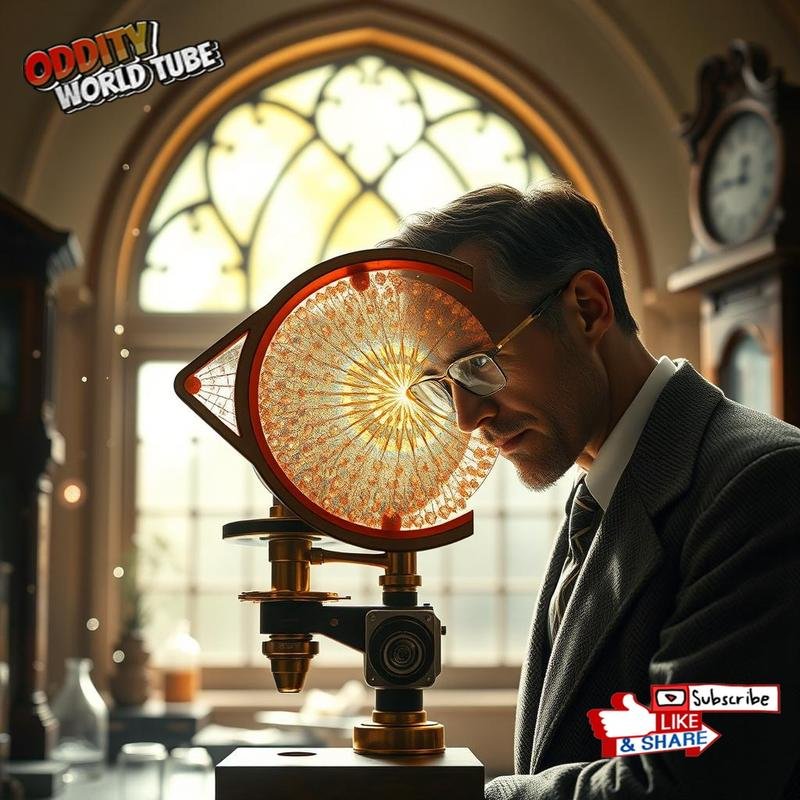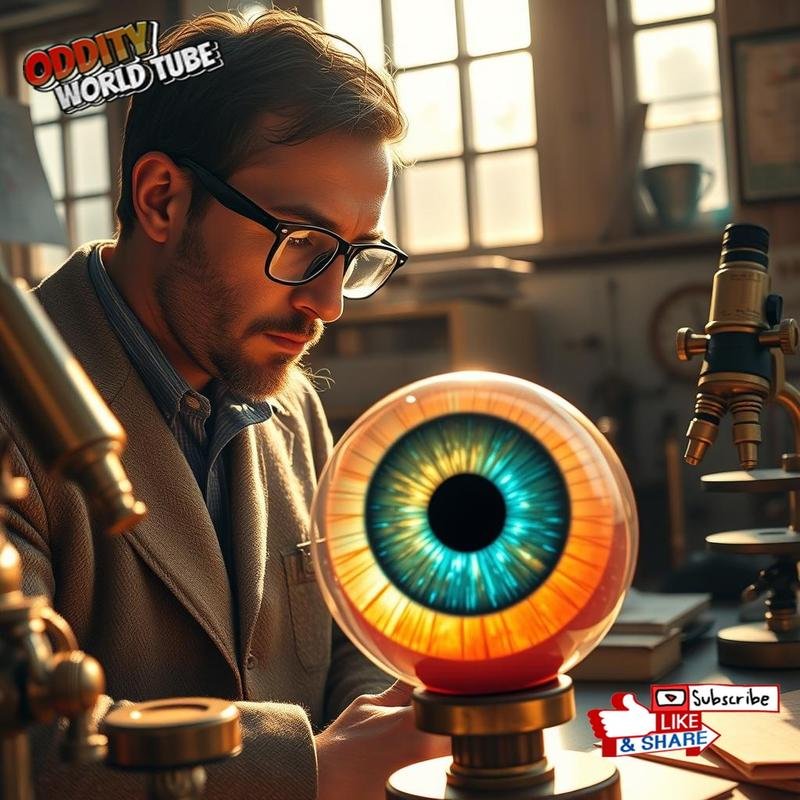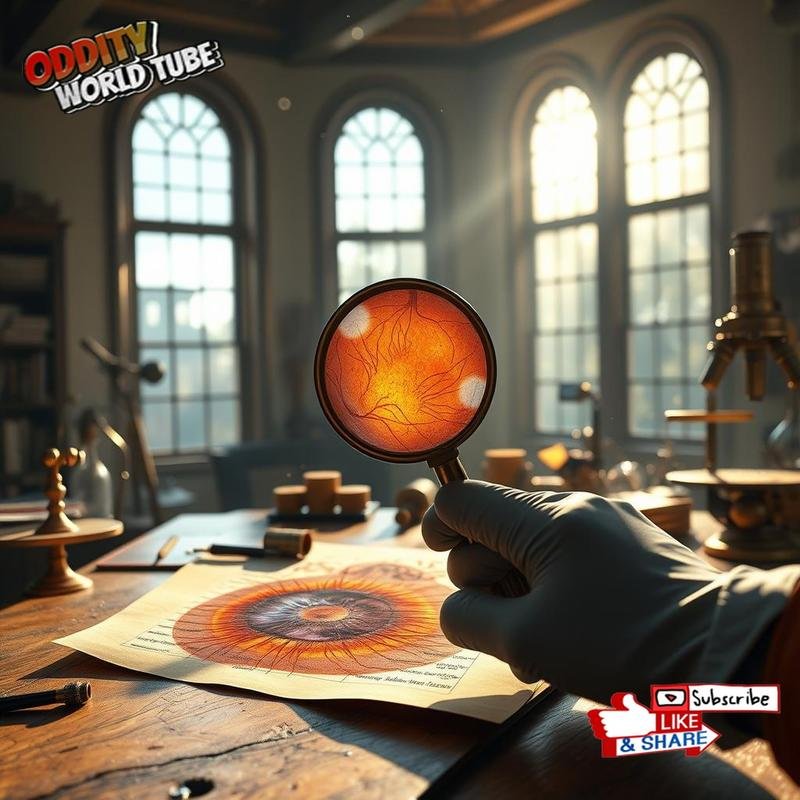Scientific Fact: How Your Eye Sees the World.

Human Eye Physiology: Vision & Perception
The human eye, our primary visual interface with the world, functions through a remarkably complex mechanism. It processes an immense volume of visual data with exceptional speed.
Light Processing and Signal Transduction
Light, refracted by the cornea and lens, is focused onto the retina, where photoreceptor cells—rods and cones—transduce it into electrical signals. Rods, highly sensitive to low-light conditions, facilitate scotopic vision, while cones mediate photopic vision, enabling color perception and high visual acuity.
Rods and Cones
The retina comprises approximately 120 million rods and 6 million cones, operating in precise concert to generate a comprehensive visual representation of the environment. These electrical signals are subsequently transmitted to the brain via the optic nerve for further processing.



Conclusion
The intricate interplay between the eye’s components and the brain’s processing power allows us to experience the richness and complexity of the visual world. Further research continues to unravel the mysteries of this remarkable system.







